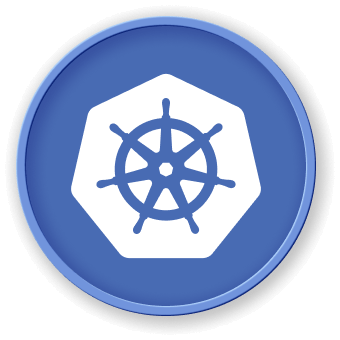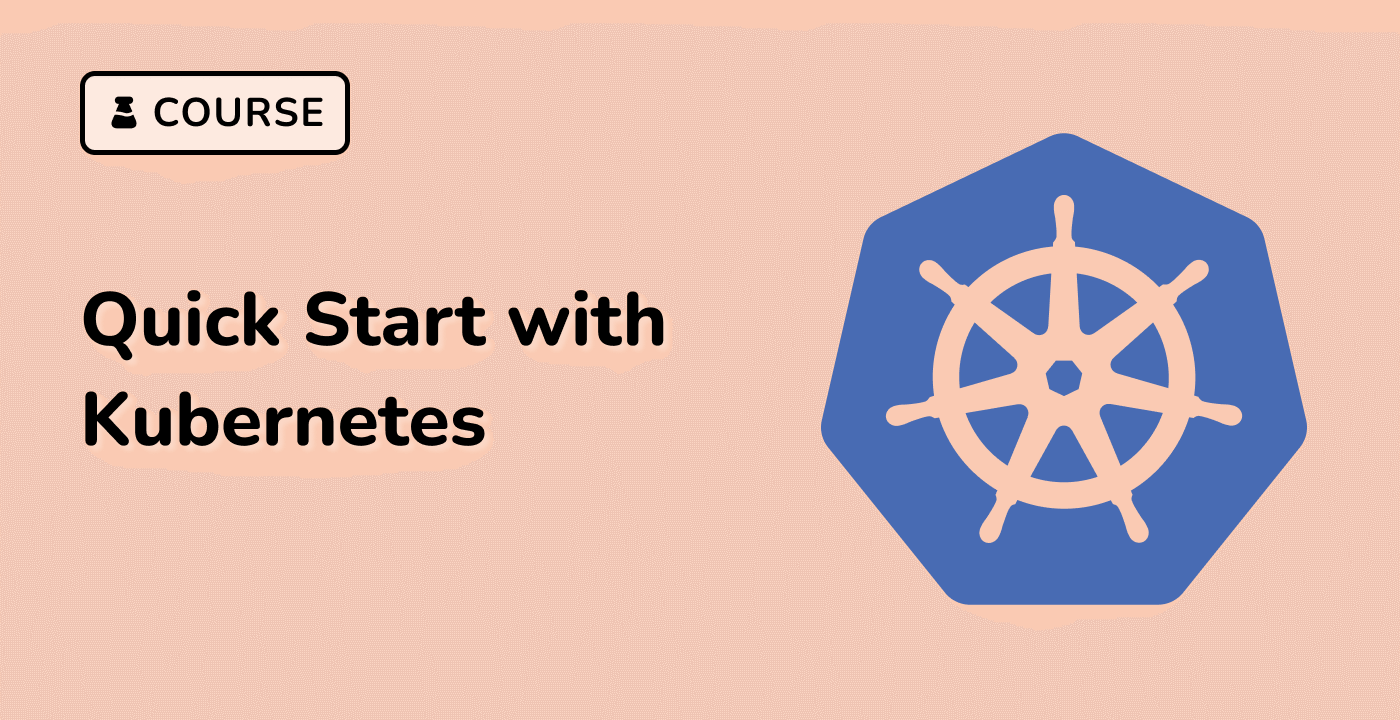Introduction
In the world of Kubernetes, understanding how to effectively manage and interact with pods and containers is crucial for building robust and scalable applications. This tutorial will guide you through the process of executing commands in Kubernetes pods following container initialization, unlocking a range of powerful use cases and best practices for your Kubernetes deployments.



